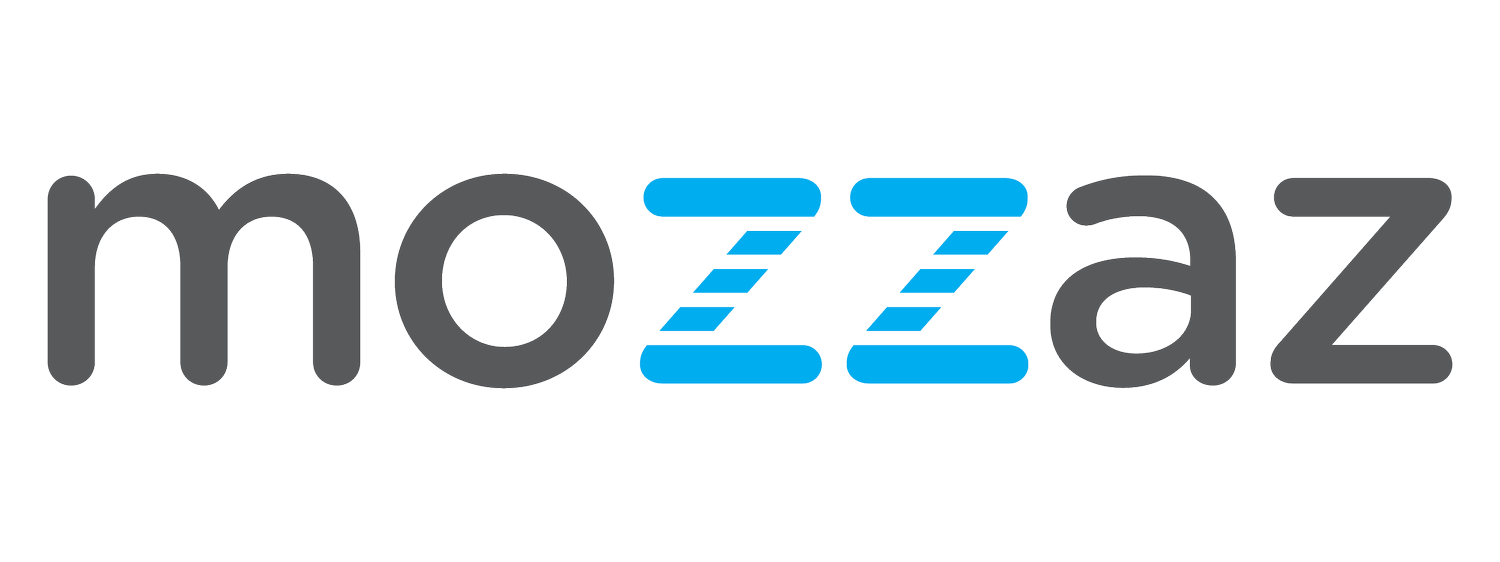What You Need to Know About Billing for RPM
In 2022, the Centers for Medicare and Medicaid Services (CMS) renewed their support of remote patient monitoring (RPM) with the continuation of the five main current procedural terminology (CPT) codes for reimbursement of services. In this blog, we’ll cover what you need to know about RPM, requirements for billing, and a summary of the RPM CPT codes.
What is Remote Patient Monitoring?
Remote patient monitoring put simply is the continuous collection of patient vital data from connected devices that can be reviewed by a clinician remotely. RPM is a telehealth solution that is being increasingly leveraged by healthcare organizations of all types and sizes to gain additional insights into the health and wellness of their patients on a more regular basis. These insights enable opportunities for preventative care and more timely interventions, resulting in better health outcomes.
RPM has a variety of applications and can be effectively used across both chronic and acute conditions. The devices used will vary from program to program and even from patient to patient based on the condition being monitored and any comorbidities that may be present. There are several devices that qualify for RPM, but some examples include:
Smart scales
Continuous glucose monitors
Blood pressure monitors
Pulse oximeters
Glucometers
Smart watches
As RPM enthusiasts look to prove the solution’s viability, several studies are emerging with clinical evidence to support the value of RPM in improving outcomes. For example, a recent study showed lower rates of emergency department visits and hospitalization for patients enrolled in an RPM program. Within 30 days of enrollment, the ER visit rate was 11.4% and the hospitalization rate was 9.4%. In another study, individuals with type 2 diabetes receiving RPM services at home saw their A1C levels drop, with 2% reductions after 3 months in the program, and 2.2% reductions after 6 months in the program.
With the clinical evidence in favor of RPM mounting, it’s no surprise that many organizations are looking to implement programs that can help improve their patient outcomes, while taking advantage of CMS reimbursement revenue.
CMS Claims Requirements
When submitting a claim to CMS, you will need:
CPT Codes for each program you’re managing for the patient
ICD-10 codes tied to each of the conditions you’re managing within that program
Date of service
Place of service
Provider name
CPT Codes
There are five main codes to consider when billing for RPM. To summarize they are:
99453: This pertains to the initial set up and training provided to patients. The device used in the training and set up must be an FDA defined medical device excluding Durable Medical Equipment (DME). This code can be billed once per month. ($19)
99454: The supply, provisioning, and monitoring of devices. A reimbursement can be billed once every 30 days, but there must be at least 16 days of device readings submitted by the patient to qualify. ($56)
99457: Direct, monthly expense for a minimum 20 minutes time spent by clinical staff, a physician, or other qualified healthcare professional in communication with the patient or their caregiver. This reimbursement can be billed monthly. ($50)
99458: An add-on code, this can only be billed in conjunction with CPT code
99457: This allows for reimbursement for an additional 20 minutes of clinical staff time spent in communication with the patient or their caregiver. ($40)
99091: Collection and interpretation of physiologic data, digitally stored and/or transmitted by the patient and/or caregiver to the physician or other qualified healthcare professional, qualified by education, training, licensure/regulation (when applicable) requiring a minimum of 30 minutes of time, each 30 days ($56)
It’s important to note that the exact reimbursement rates may fluctuate based on location, but the above reflect the average amounts.
At Mozzaz, we know that no two RPM programs are the same. If you’re looking to launch a new program or are evaluating your current programs to identify areas for improvement, Mozzaz can help. Our RPM solution was built for flexibility and additional functionality like supplementary digital care plans to further optimize program performance. If you’re looking to learn more about RPM, our experts can provide guidance on best practices and how to set your program up for success. Contact us, today!
References
(1) Implementation of a multisite, interdisciplinary remote patient monitoring program for ambulatory management of patients with COVID-19. (2021). npj digital medicine. Retrieved from: https://www.nature.com/articles/s41746-021-00490-9
(2) Remote Patient Monitoring Improves Type 2 Diabetes Outcomes. (2021). mHealth Intelligence. Retrieved from: https://mhealthintelligence.com/news/remote-patient-monitoring-improves-type-2-diabetes-outcomes

